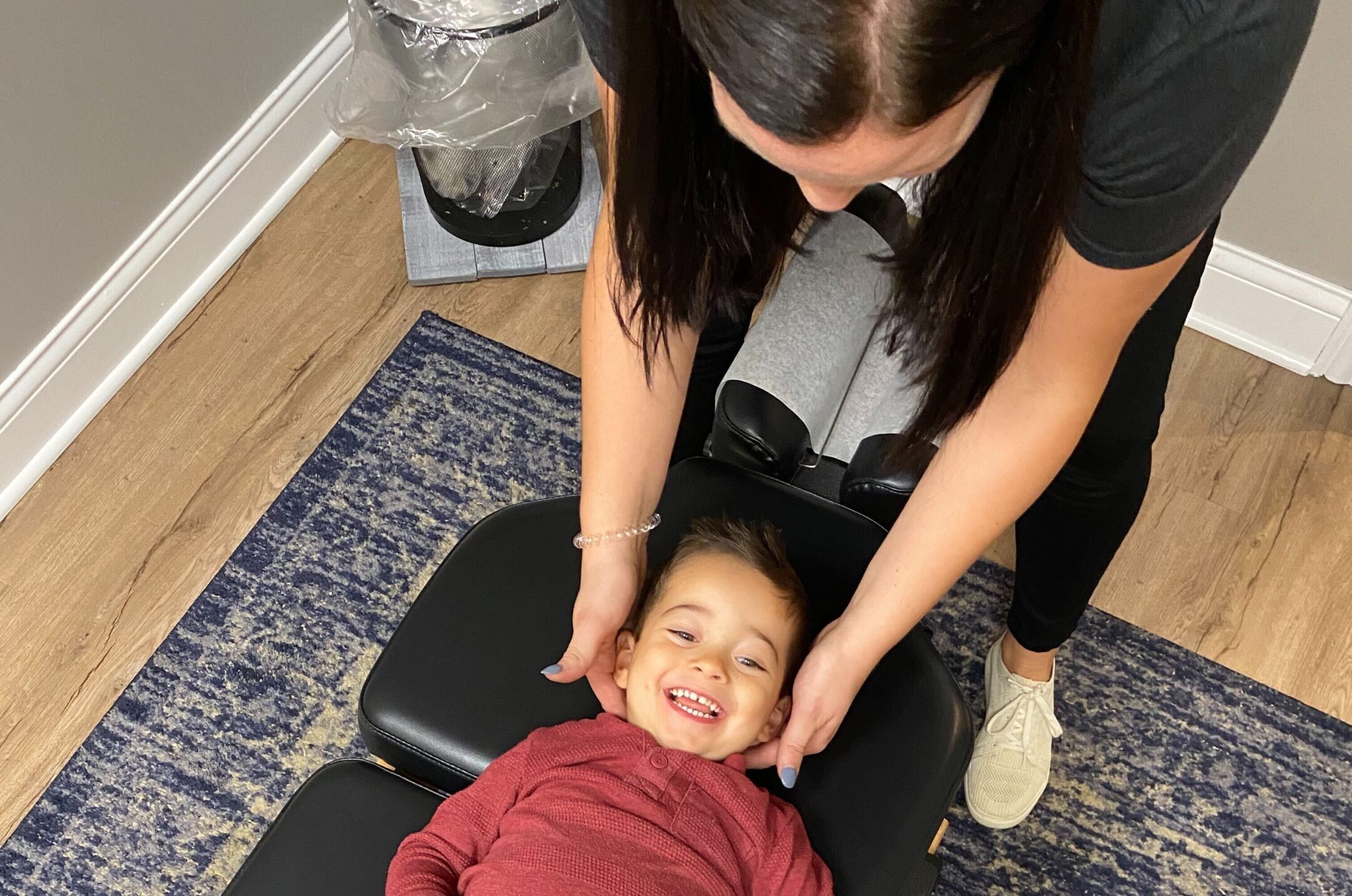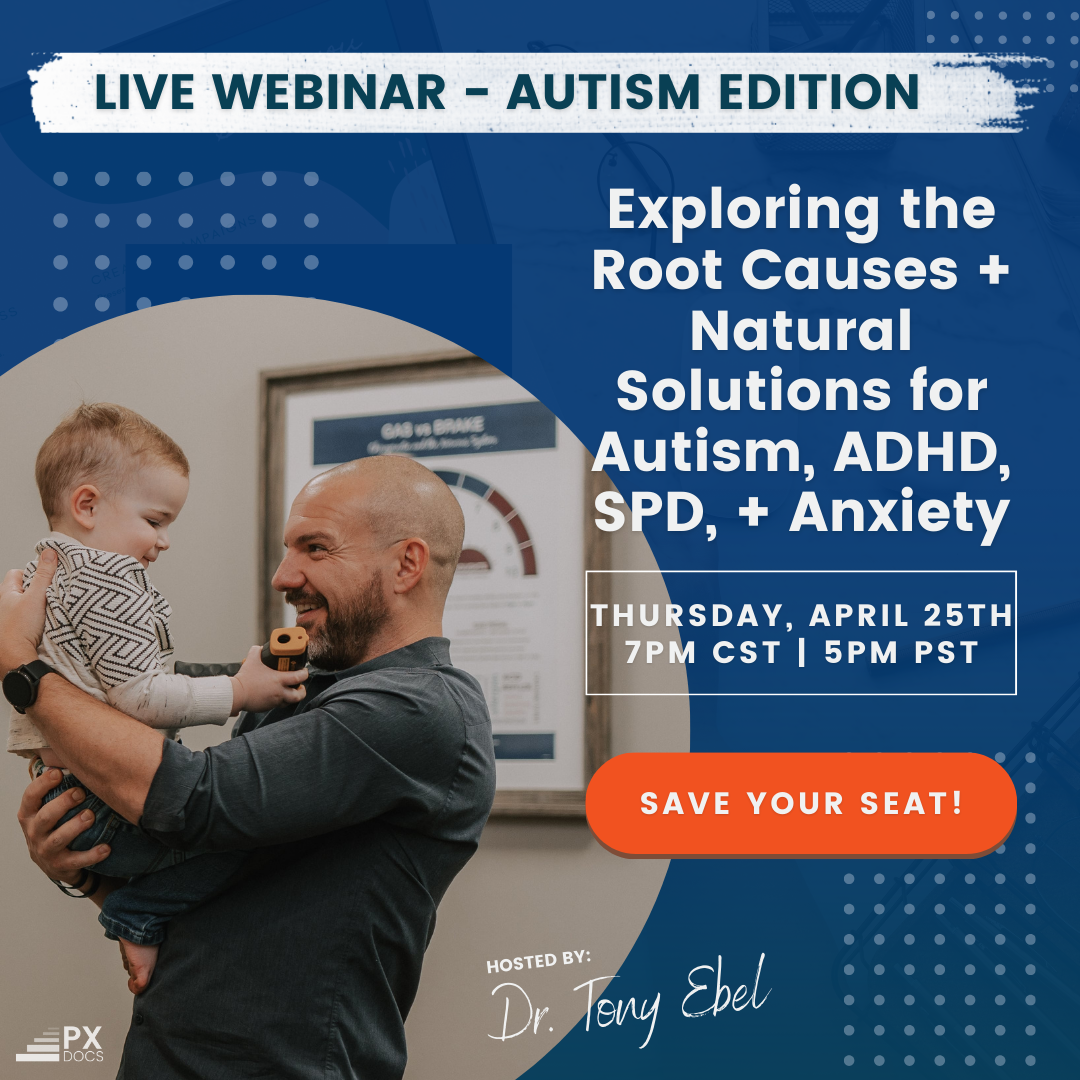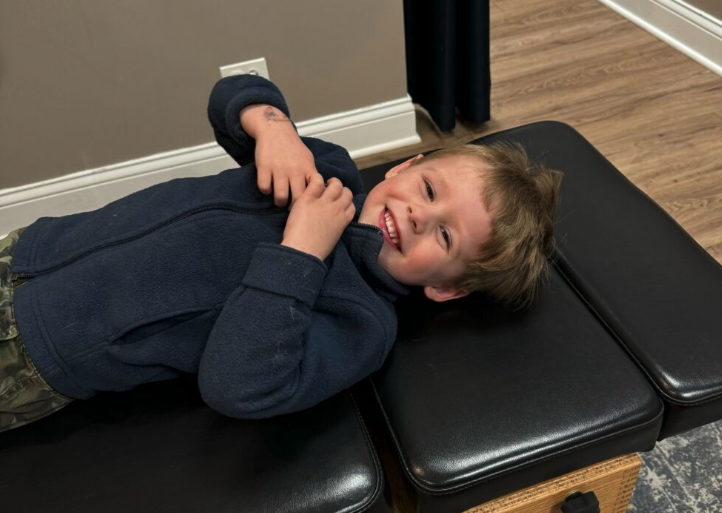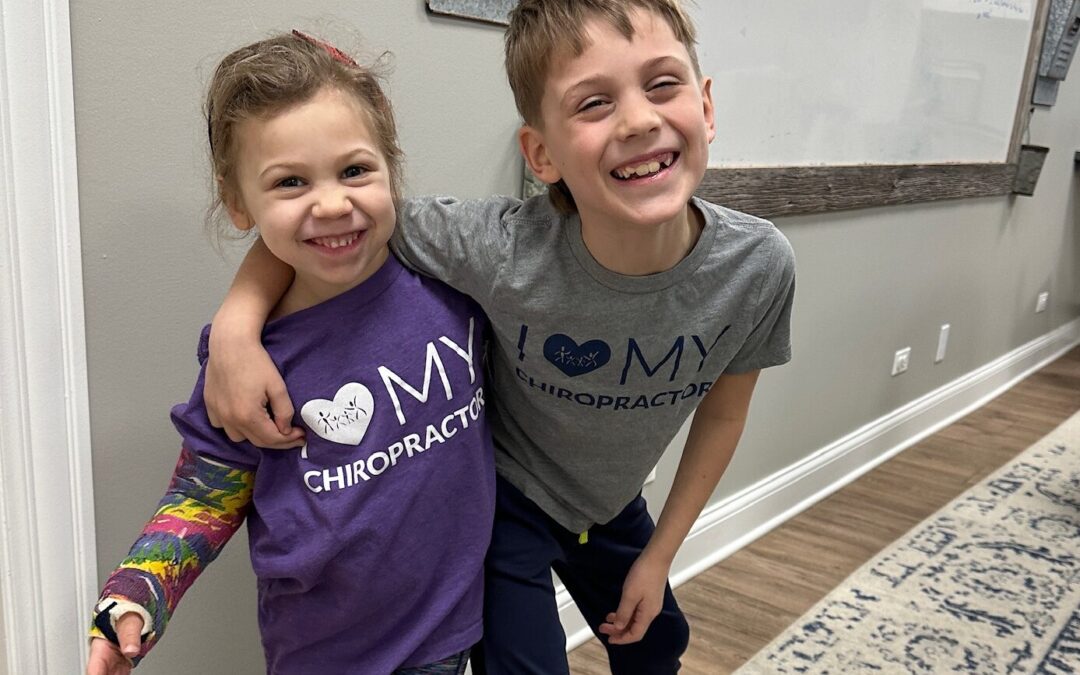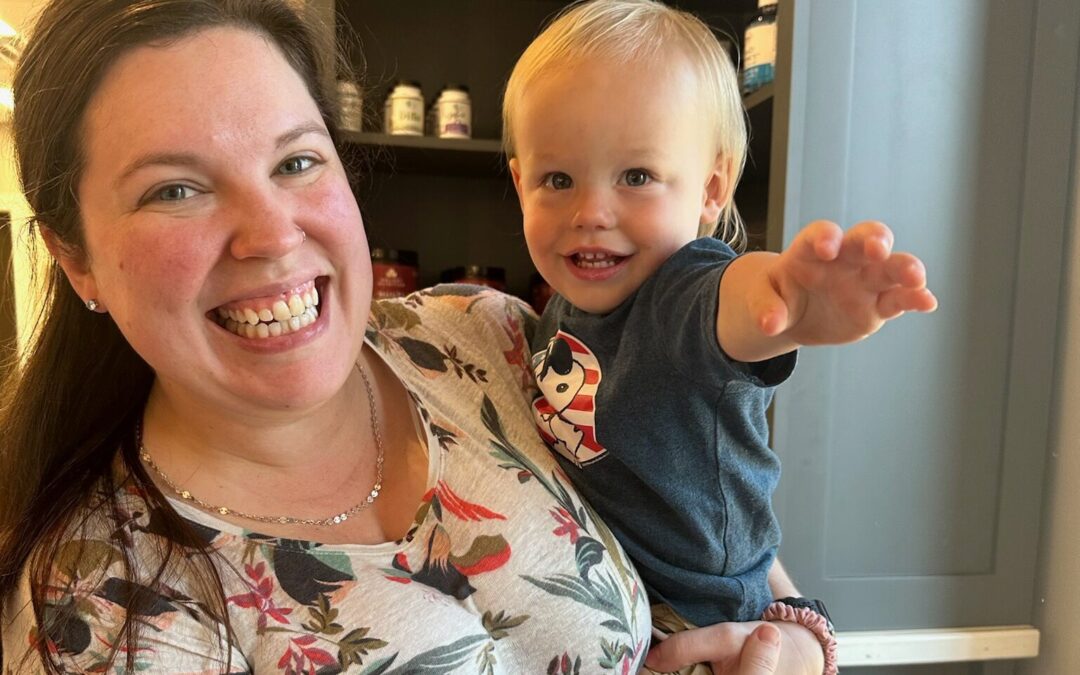Sensory Processing Disorder goes by many names (Sensory Integration Dysfunction, Neurosensory Dysfunction, etc.). Still, no matter what name or diagnosis a child is given (or even if they aren’t), the causative factors and actions that help calm the sensory storm don’t change!
What is more, while we don’t play the diagnosis game in Pediatric Chiropractic, when it comes to that world, we strongly feel that sensory issues are one of the most commonly missed diagnoses out there. A properly trained pediatric health care provider understands that many common conditions such as ADD/ADHD, Autism Spectrum Disorders, and many Learning, Behavioral, and Emotional Challenges kids face have many sensory processing challenges at the root of them. Therefore proper care of these challenges must address the sensory processing aspect in a big, big way.
Unfortunately, most of our current healthcare providers are not trained to recognize and understand sensory processing challenges, especially in young children. There are many warning signs that sensory challenges are developing, but too often are missed at a young age and dismissed by the child’s doctor with “he’ll grow out of it” or “let’s wait and see what happens.”
Overcoming the Challenges
Well, waiting and seeing is the same as doing nothing, and too often these children have a difficult time later in life overcoming these challenges that are then given more time to “set in” and cause challenges down the road.
It is our mission to educate the community, and especially parents, on how to recognize these challenges and also how to treat them as soon as possible. This article and additional links and resources shared below will go a long way to doing just that!
In most cases, when these sensory challenges are finally recognized, therapy is the first option. Outstanding professionals like Pediatric OTs, PTs, and Speech Therapists join the child’s team and work to address some of the challenges! This is often done in a “sensory gym” or similar setting.
We could not support these ways of helping sensory-challenged kiddos anymore, but often parents and therapists can go through months or even years of therapy and keep getting that “gut feeling” that something is missing. We have that missing link and extra key ingredient to really help these kiddos calm and balance out that sensory storm!
To get each child to the best quality of life possible, you’ve got to dig all the way down to the root causes.
So, What Are They?
Our sensory system is a “read and react” system. This means that our body is “preprogrammed” to respond appropriately to environmental stimuli. This programming occurs throughout life and can be considered ‘sensory learning’ or processing. Or an even nerdier term – adaptability.
The real key to all this is understanding that the vast majority of it actually happens very early in life! The in-utero and early childhood stages of life are by far the most crucial for brain and neurosensory development, as that is when the brain is most “plastic” — meaning it is molded and shaped to best respond to its everyday environment.
This is where “The Perfect Storm” analogy we’ve taught for over a decade comes into play.
Simply put, our kids today face more stress and toxicity in their environment and at an earlier stage… than ever before!
This Perfect Storm pathway the vast majority of kids end up on is more responsible for the high levels of chronic sensory, emotional, behavioral (and digestive and immune challenges too) challenges this generation of kids struggles with than are genetics or any commonly discussed factors.
The clearest, commonly used example of this is a child placing their hand upon a hot stove… once it is done, it is rarely done again. This is because the burning and painful ‘sensation’ of the hot stove becomes ingrained in our sensory memory and helps prevent us from making this mistake again—all sensory patterns in the body work in this way, good or bad.
This great quote from Dr. Bruce Lipton really helps explain things further:
“The function of the nervous system is perceive the environment and coordinate the behavior of all other cells.”
Dr. Bruce Lipton
The key elements to understand here are PERCEPTION and COORDINATION. Without proper perception, there cannot be proper (normal) coordination. Kids who suffer from SPD have an inability to properly perceive their environment, whether that be from vision, hearing and sounds, balance and coordination, touch and tactile sense, or others.
Such as in Tierney’s case, for some kids, it shows up as sensitivity to certain clothes, foods, sounds, movements, and so forth. The autonomic and sensory processing system is so intricate and vast each child with SPD may have commonalities with other sensory cases… but needs to be addressed and cared for in a personalized, customized way that is specific to that child.
Making Sense of SPD
There is no “one sized fits all” help for sensory processing challenges, nor is there for really anything, especially in pediatrics!
For children with SPD, this “perception and coordination” system is essentially not “programmed” efficiently and effectively. Going through that “Perfect Storm” most often causes it to become imbalanced and disorganized as the child develops, leading to improper neurological and brain development.
In PX Docs offices all these years, the most common contributing and Perfect Storm factors we find in the case history are:
- High-stress and high-risk pregnancy
- Birth intervention such as forceps, vacuum extraction, and C-section
- Fussy, colicky baby (reflux, constipation, etc.)
- Frequent ear infections and other respiratory illnesses before the age of 3 (which leads to frequent antibiotic and steroid use)
The birth intervention and brainstem injury aspect is likely the most impactful and, unfortunately, most overlooked and unknown. The reason this injury so commonly leads to neurological challenges related to “perception and coordination” or processing/integrating type functions is that this area of the brain and nervous system is the area most responsible for these functions, specifically the brainstem, cerebellum, and a specific nerve called the Vagus Nerve.
These vital areas are protected by the neck and spinal system, specifically what are called the atlas and axis vertebra. When misaligned and distorted early on during pregnancy, birth, or early childhood… it creates a ‘subluxation’ which then distorts and alters proper neurological function, most especially the sensory perception and coordination aspects discussed above!
The best way to understand this is to think of the entire nervous system (brain, spinal cord, and nerves) as the “Air Traffic Control System” for the entire body. It’s constantly perceiving the environment through its millions and millions of sensory receptors and nerve endings and then “reading and responding” accordingly.
Taking the analogy a step further, it’s important to know that the brainstem and upper neck regions essentially act as the “Air Traffic Control Tower” and are primarily responsible for the processing, integrating, organization, and “filtering” of sensory information from all over the body.
In other words, it is in charge of letting certain sensory information “in” and moving it on up the ladder to higher brain regions such as the prefrontal cortex… in turn, it “filters” out all of the sensory information not deemed important enough to reach those higher centers.
It is an especially critical area regarding motor tone and coordination function! Every pediatric professional knows that the movement a child goes through those first few years of life, such as holding their head up, moving their neck, rolling over, crawling, and walking, are absolutely crucial to brain function later on!
The #1 common thread we see amongst SPD, ADD/ADHD, and ASD cases is that they have the inability to properly process, integrate, coordinate, and adapt to their sensory environment.
Neurological Input and Coordination Problems, Not Output and Behavior Problems
All of these issues are really neurological input and coordination problems, not output and behavior problems, which is how they appear and, most often… how they are treated with traditional therapy.
Autism is typically the most severe and expansive example of this condition, where they have multiple sensory-related challenges that interfere with their quality of life every single day until that sensory storm is calmed, cleared, and connected. To learn more specifically about autism and how Pediatric Chiropractic may help, read this expansive article I wrote here: AUTISM SPECTRUM CHALLENGES AND CHIROPRACTIC CARE
Until we shift the foundation of our care model for Sensory Processing Disorder to truly address the root issues within the Central Nervous System instead of focusing on trying to modify and “alter” the behavior (output), we’ll continue to swim upstream when trying to help all of the amazing, incredible sensory kiddos out there today.
We feel strongly that a child who goes through these sensory challenges can often be the one whose brain is, in time, primed and trained to be the most incredible, innovative, and beautiful brain out there! It’s incredible to watch a child go through a neurologically-focused, subluxation-centered chiropractic care plan in a PX Doc Office and greatly improve their perception, coordination, and processing!
It’s a form of care that doesn’t change or alter who they are, but it helps them far more efficiently and easily find that sense of calm, balance, rest, and relaxation. They still keep their incredible personality and spunk but can navigate the transitions and emotions of life so much more easily!
PX Docs are Experts in Neurological Development and Function
Simply put, they can better perceive, coordinate, and adapt.
Our PX Docs are absolute experts in neurological development and function and, therefore, all things sensory.
Through an in-depth case history and incredible Insight Scans that measure the exact levels and locations of stress and subluxation on your child’s autonomic nervous system, they can help map out exactly what may be getting in the way of your child’s quality of life and create their sensory storm!
It takes 1-hour or less for that initial process, and this leads to a Report of Findings visit just 1-2 days later, where your PX Doc will sit down and go over the exam and scan findings, and map out an exact Care Plan to help your child and family achieve the goals you layout for the best quality of life possible!
For more information on our state-of-the-art Case History and Examination Process unique to The PX Docs, click here: PX Clinical Process
If you’ve been battling sensory challenges for years, trying every therapy, diet, and supplement out there… or realizing this may be describing your kiddos’ challenges. The PX Doc Assessment Process is absolutely perfect for you!
Our docs are not only clinical experts but are filled with empathy, positivity, and fun! A PX Doc Office is designed and built with your child and family in mind, like any other doctor’s office! It’s a “Premier Experience” that you and your family deserve, and you’ll be blown away by the results!
Check out our PX Docs directory to find a local PX Doctor, and contact their office today to get started!

